Discover the power of light
Low-Level Laser Therapy (LLLT)
Gentle, effective, and well tolerated.
Low-Level Laser Therapy (LLLT) employs low-intensity laser light to enhance the body’s innate regenerative and regulatory mechanisms. Unlike ablative surgical lasers, LLLT preserves cellular integrity and promotes healing.
At the cellular level, specific wavelengths of light stimulate increased production of adenosine triphosphate (ATP), the key energy molecule that accelerates tissue repair.
Additionally, laser light stimulates the production of stem cells and growth factors and boosts the production of nitric oxide (NO) and reactive oxygen species (ROS). Patients benefit in many ways, including improved blood circulation, faster wound healing, effective pain relief, and reduced inflammation.
Backed by scientific research, LLLT is minimally to non-invasive, with a strong safety profile and virtually no side-effects making it an excellent adjunct in various clinical settings.

What role do mitochondria play?
Mitochondria – The Key to Cell Health and Regeneration
Mitochondria are the powerhouses of the cell, providing the energy needed for all vital and regenerative processes. By converting oxygen and nutrients, they produce adenosine triphosphate (ATP), the primary energy source for cell repair and renewal.
Beyond energy production, mitochondria play key roles in regulating metabolism, cellular signaling, and programmed cell death (apoptosis). Dysfunctional mitochondria have been linked to various conditions, including muscle weakness, neurodegenerative diseases, and age-related decline.
Laser therapy can stimulate mitochondrial activity, boost ATP production, and support faster regeneration of damaged cells, offering a promising approach for innovative treatments.
Which laser colors or wavelengths are used?
The Weberneedle® Endolaser is one of the few systems that covers the full electromagnetic spectrum, including wavelengths invisible to the human eye, such as ultraviolet and infrared.
This is a significant advantage, especially in the context of the mitochondrial respiratory chain, as its various complexes respond only to specific wavelengths.
For example, blue light is absorbed by the first electron carrier of the respiratory chain, while light in the red and infrared range targets the cytochrome c oxidase complex, the final carrier in the respiratory chain.
By utilizing the full spectrum, the system enables optimal activation of cellular functions and maximizes therapeutic potential.

Red (635 / 658 nm)
- Increases energy and cell activity
- Stimulates the immune system
- Improves the (flow) properties of the blood
Blue (405 / 447 nm)
- Antibacterial and anti-inflammatory
- Improves microcirculation
- Enhances (mental) performance and stamina
- Anti-aging through the release of bound nitric oxide
Green (532 nm)
- Improves cell function and elasticity by binding to hemoglobin
- Increases oxygen uptake and availability
Yellow (589 nm)
- Detoxifying and antidepressant
- Stimulates the serotonin and vitamin D metabolism
Infrared (810 nm)
- Activation of stem cells
- Deepest tissue penetration (5-7 cm ≈ 2-3 inches)
- Ideal for non-invasive applications & acupuncture
Ultraviolet (370 nm)
- Inhibits bacteria, viruses, parasites, and fungi
The effects of different wavelengths explained
The effects are scientifically proven. Studies are available upon request.
Indications for low-level laser therapy
Low-Level Laser Therapy (LLLT) effectively addresses both the symptoms and the underlying inflammatory processes. It supports pain relief and accelerates tissue regeneration. LLLT is suitable for treating acute conditions as well as chronic diseases within long-term therapeutic plans. Common applications include management of joint and muscle pain, post-injury regeneration, improvement of mobility, and facilitation of healing processes.
Benefits
Low-level laser therapy works on multiple levels within the body:
- Pain relief through the inhibition of pain signals and stabilization of cell membranes
- Reduction of inflammation by activating immune cells and lowering inflammatory markers
- Accelerated wound healing via improved blood circulation, angiogenesis, and increased ATP production
- Pain relief through the inhibition of pain signals and stabilization of cell membranes
- Reduction of inflammation by activating immune cells and lowering inflammatory markers
- Accelerated wound healing via improved blood circulation, angiogenesis, and increased ATP production
- Enhanced cellular energy supply by optimizing mitochondrial function
- Improved microcirculation and oxygen delivery
- Enhanced cellular energy supply by optimizing mitochondrial function
- Improved microcirculation and oxygen delivery
Applications of laser therapy
Low-level laser therapy combines cutting-edge technology with a gentle treatment approach. For physicians, it offers a scientifically validated option to address pain, inflammation, and chronic conditions, while patients benefit from a safe and effective therapy.
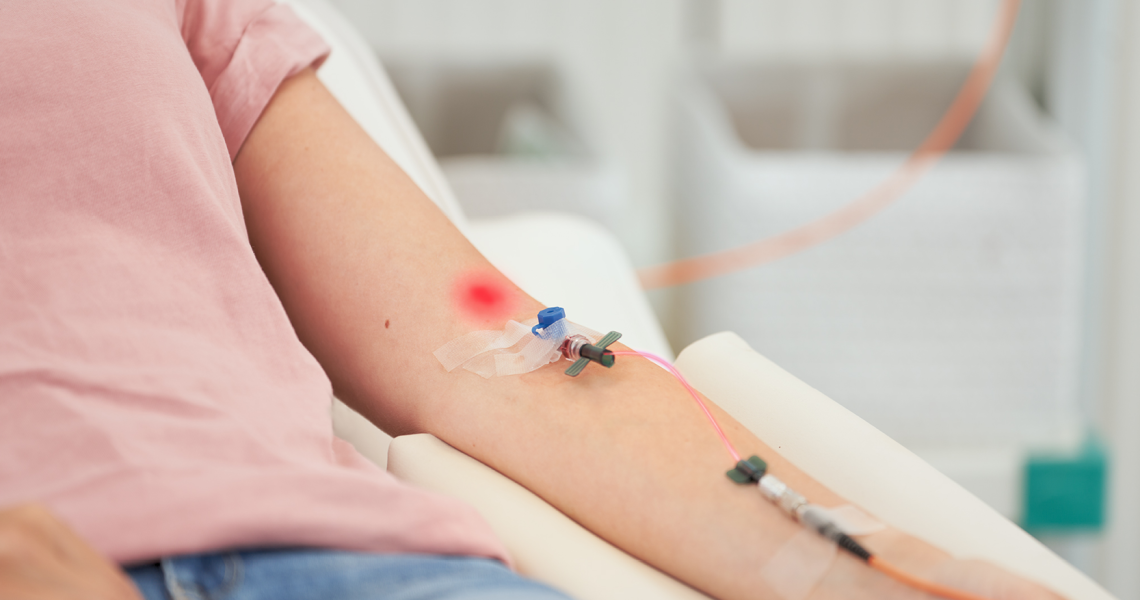
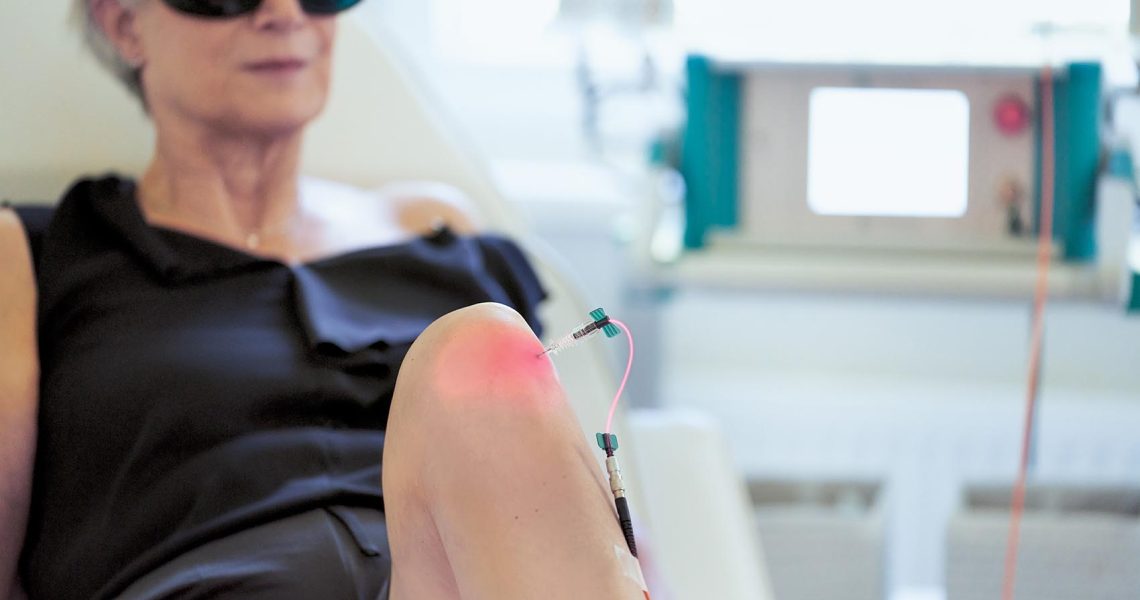
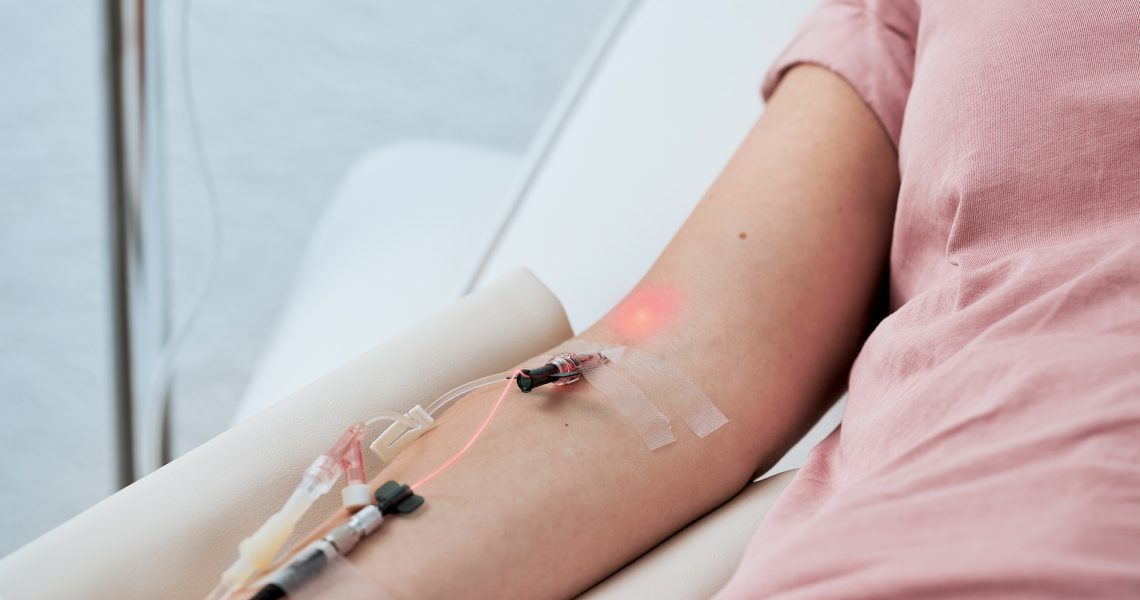
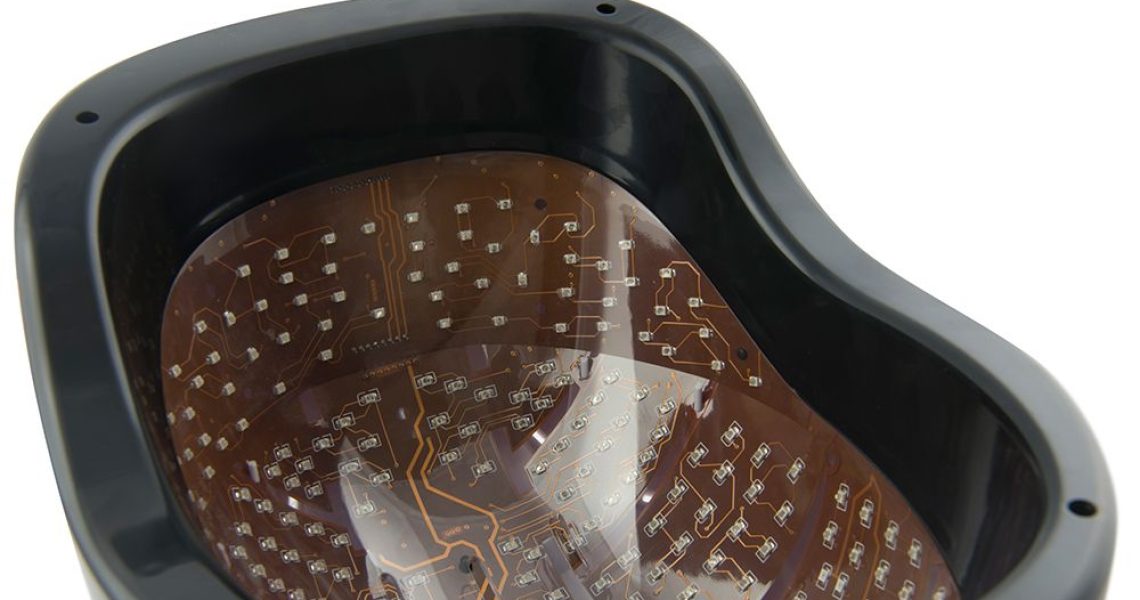
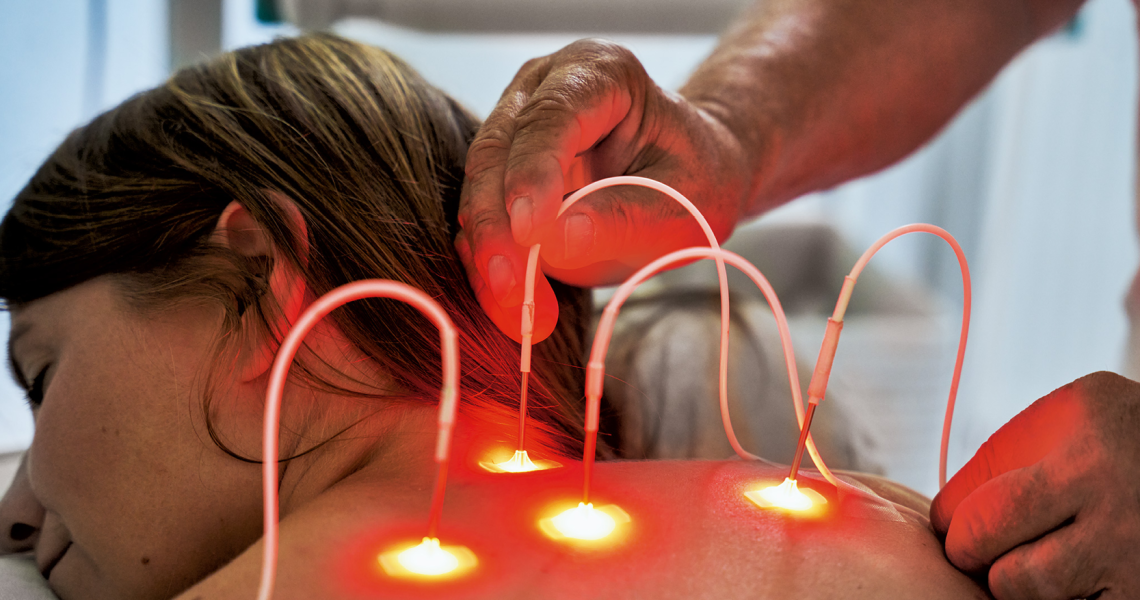
For Clinics
Weber Medical GmbH
Tel: +49 5273 367 780
Fax: +49 5273 367 7819
info@webermedical.com
For Home Use
Weber Medical Systems GmbH
Tel: +49 5273 389 4506
info@wmedicalsystems.com
Shop: wmedicalsystems.com
© 2025 All Rights Reserved.
